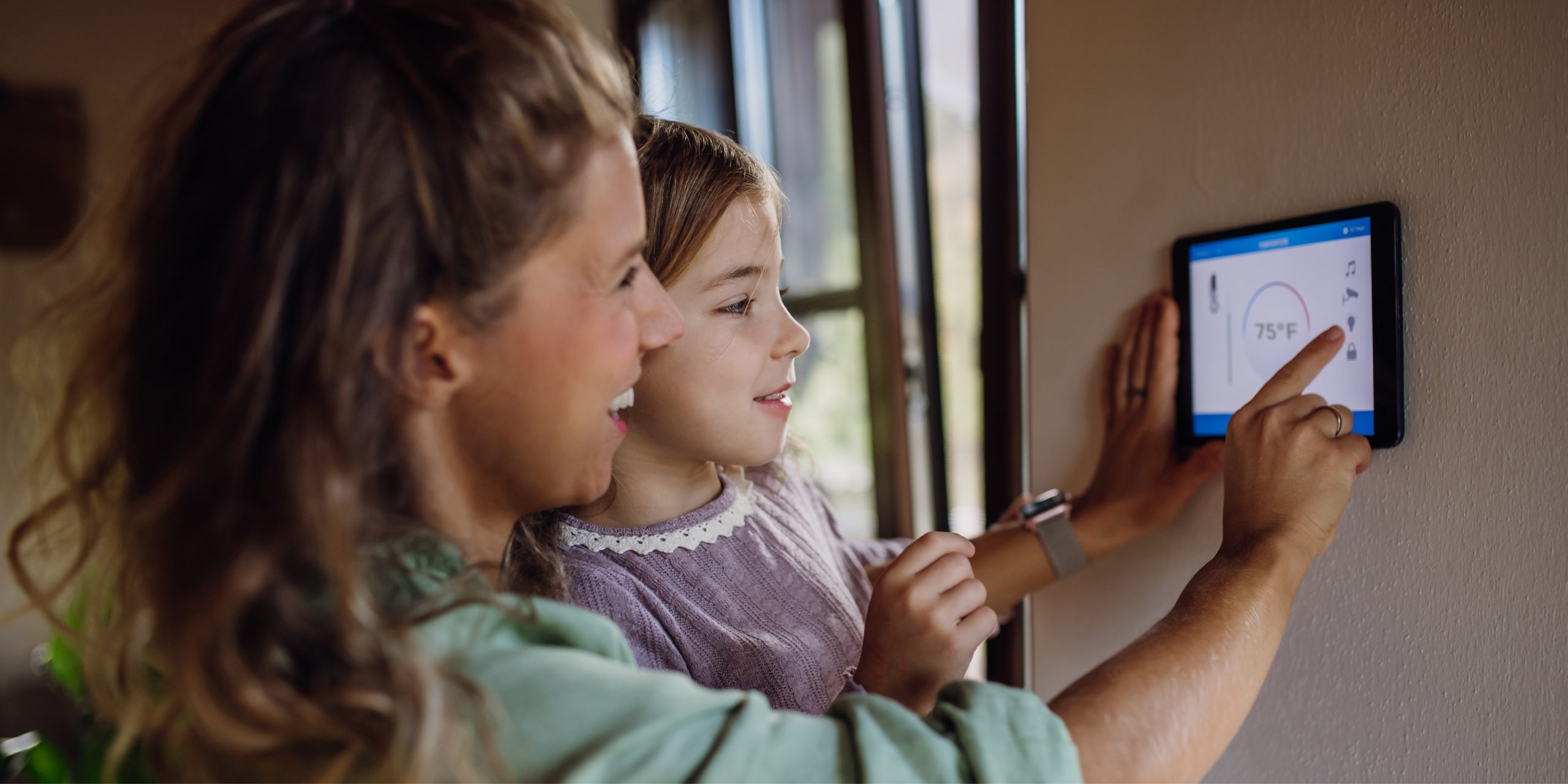What Impact Does Buying a Home Have on Your Credit?
| By eddie | 0 Comments

Ready to understand how your credit score impacts your homebuying experience? This guide will walk you through everything you need to know about credit—before, during, and after your mortgage journey!
The Credit-Mortgage Relationship: What You Need to Know
When you’re ready to achieve the dream of homeownership, obtaining a mortgage is likely a key part of your journey! What many homebuyers don’t fully realize is just how important your credit score is throughout this exciting process. At Premier Mortgage Associates, we believe that informed homebuyers make confident decisions, which is why we’ve created this friendly guide to help you navigate the credit aspects of your mortgage adventure.
Before Applying: Setting Yourself Up for Credit Success
Know Where You Stand
Before beginning your homebuying adventure, it’s super helpful to understand your starting credit position. We recommend requesting your credit reports from all three major bureaus (Equifax, Experian and TransUnion) and reviewing them with these questions in mind:- Is all your personal information accurate?
- Are your account statuses correct?
- Does your payment history look right?
- Do you spot any errors or things that look off?
The stronger your credit score when applying for a mortgage, the better your interest rate options will be. Even a quarter-point difference in interest rate can save you thousands over the life of your loan—that’s money back in your pocket!
Credit-Boosting Strategies
If you’re planning to apply for a mortgage in the next 3-6 months, here are some friendly tips to help strengthen your credit:- Pay down credit card balances: Aim to keep credit card balances below 30% of your available credit limit.
- Stay on top of payments: Even one late payment can impact your score, so set up reminders or automatic payments.
- Hold off on opening new credit accounts: Each new account creates a hard inquiry and lowers your average account age.
- Keep older accounts open: Longer credit history generally benefits your score.
- Address any collections or past-due accounts: Taking care of these issues before applying can make a big difference.
During the Mortgage Process: What Happens to Your Credit
The Application Phase
When you apply for a mortgage, your lender will perform a hard credit inquiry as part of evaluating your application. This is a normal step in the process, but it’s good to understand how it affects your credit.
What to Expect with the Initial Credit Pull
The hard inquiry from your mortgage application will typically cause a small decrease in your credit score—usually around 5 points. This minor dip isn’t anything to worry about, as it’s just a standard part of the process.
From Approval to Closing
Between application and closing, keeping your credit situation stable is super important:- Hold off on making large purchases on credit.
- Avoid applying for new credit cards or loans.
- Maintain your current employment.
- Keep making all payments on time.
Many lenders will check your credit again just before closing. Any significant changes could potentially delay your mortgage approval, so staying consistent is key to a smooth closing process!
After Closing: The Credit Journey Continues
The Post-Closing Credit Dip (Don’t Worry, It’s Normal!)
Once your mortgage is finalized and reported to the credit bureaus, you might notice a more substantial decrease in your credit score. This typically ranges from 15 to 40 points, depending on your credit profile. This decrease generally appears within 1-2 months of closing, once your lender reports your first payment.
Why does this happen? A few reasons:- You’ve added a large new debt.
- Your credit mix has changed.
- Your average account age may have decreased.
The Recovery (It Gets Better!)
The good news is that this credit score decrease is typically temporary. On average, it takes about 5 months of consistent, on-time mortgage payments for your score to return to its pre-mortgage level. After that, continuing to make timely payments can actually help your score climb higher than before!
A mortgage can benefit your credit profile in several wonderful ways:- Improves your credit mix (installment loan vs. revolving credit)
- Establishes a positive payment history on a major account
- Builds long-term credit history as you pay down your loan
Long-Term Credit Success with a Mortgage
To maximize the positive impact of your mortgage on your credit profile:- Set up automatic payments to ensure you never miss a due date.
- Consider making biweekly payments if your budget allows.
- Review your credit reports annually to ensure your mortgage is being reported accurately.
- Think about refinancing when your credit score improves significantly.
Special Credit Situations: We’re Here to Help!
First-Time Homebuyers
If you’re a first-time homebuyer with limited credit history, don’t worry! Consider these friendly tips:- Become an authorized user on a family member’s well-established credit card.
- Open a secured credit card to build credit.
- Look into FHA loans, which typically have more flexible credit requirements.
Self-Employed Borrowers
If you’re self-employed, you may face additional scrutiny regarding your income stability. Maintaining excellent credit becomes even more important to offset this perceived risk, but we have specialists who understand your unique situation!
Post-Foreclosure or Bankruptcy Borrowers
If you’ve experienced significant credit events in the past:- Focus on rebuilding credit with consistent positive behavior.
- Be prepared for a longer waiting period before qualifying for a conventional mortgage.
- Consider FHA or VA loans, which may have more forgiving guidelines.
Let’s Get Started on Your Credit Success Story!
Your credit score plays a vital role throughout your mortgage journey—from determining your interest rate options to influencing your long-term financial health. By understanding how credit and mortgages interact, you can make confident decisions that benefit both your homeownership goals and your overall financial well-being.
At Premier Mortgage Associates, we’re committed to providing a stress-free lending experience from start to finish! Whether you’re just starting to think about homeownership or ready to apply, our team of experienced mortgage professionals is here to guide you through each step of the way.
This article is provided for informational purposes only and does not constitute financial advice. For personalized guidance regarding your specific situation, please contact a Premier Mortgage Associates loan officer at www.premiermtg.com.
Premier Mortgage Associates, helping homebuyers achieve their dreams since 1996.

















